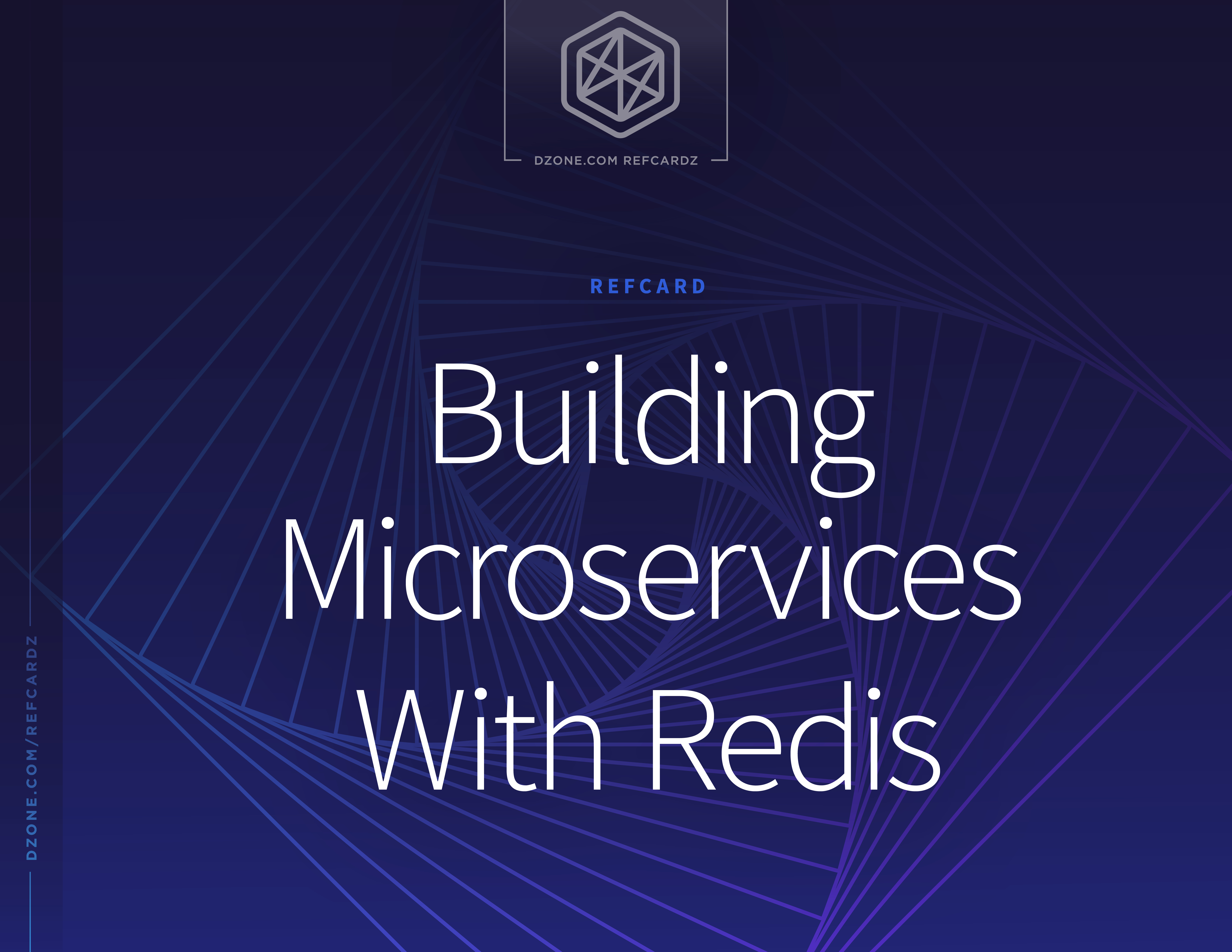Introduction to Microservices
According to Gartner, the worldwide enterprise application software market is growing at an annual rate of 10.4 percent and is expected to reach $310.2 billion by 2022. These applications need to deliver high-speed data processing while simultaneously depending on a variety of adaptable components to accommodate business requirements. To address these demands, many companies are turning to rapidly deployable microservices, which offer greater flexibility and agility than monolithic architectures. However, with a microservices architecture, you have to pay significant attention to how you share data between microservices and how you handle inter-services communication at scale.
Redis Enterprise, which is built over open-source Redis, offers a high-speed, multi-model database with high availability and durability options that are crucial when building a reliable event store for trading messages between your microservices. Redis Enterprise is easy to operate, and it's available as a cloud service on all popular public cloud platforms and in VPC/on-premises environments. It's also available as an orchestration container using Kubernetes, BOSH, and Docker Swarm. Redis Enterprise's multi-tenant architecture can run up to a few hundred databases on a simple three-server cluster, maximizing the use of your resources.
Microservices are in the spotlight as infrastructure building blocks because they offer several advantages that facilitate faster time-to- market for new applications or updates. These benefits include services decoupling, data store autonomy, and miniaturized development and testing. The availability of containers and their orchestration tools has also contributed to increasing microservices adoption. A recent survey of development professionals found that 86 percent expect microservices to be the default architecture within five years, with 60 percent already having microservices in pilot or production.
Microservices architectures reject the notion of a monolithic application framework that uses a single large database, instead favoring data sharing between services. Microservices embrace autonomous, specialized service components, each with the freedom to use its own data store. In general, software applications are easier to build and maintain when broken down into loosely coupled, self-contained, logical business services that work together. Each of these smaller services (i.e. microservices) manages its own technology stack that you can develop and deploy independently of other services. You can also update and scale these highly specialized microservices independently. This architecture design is powerful because it gives your organization the ability to more efficiently allocate resources and release new applications or updates.
This is page 1 of the Building Microservices With Redis Refcard. To read the full Refcard, you can download the full PDF above.

